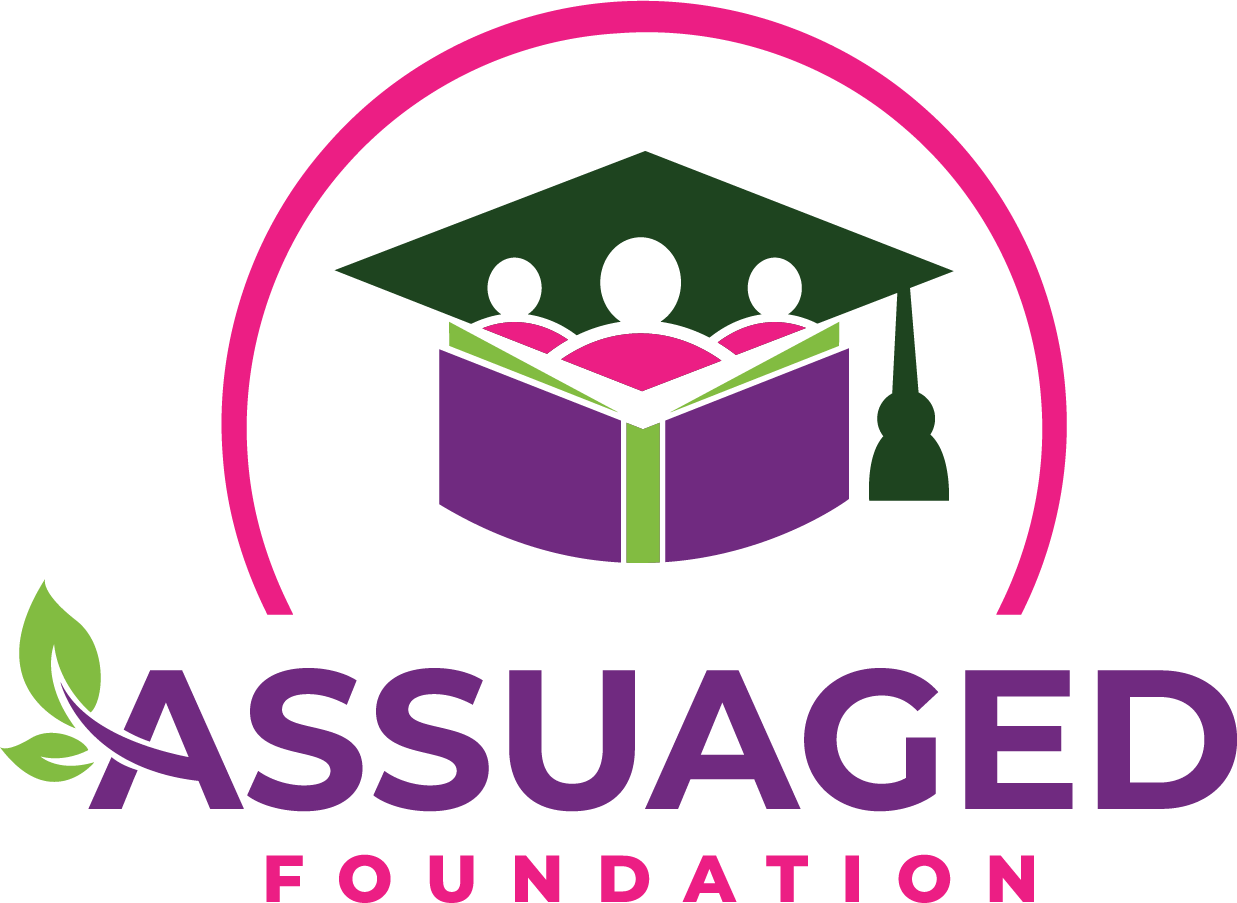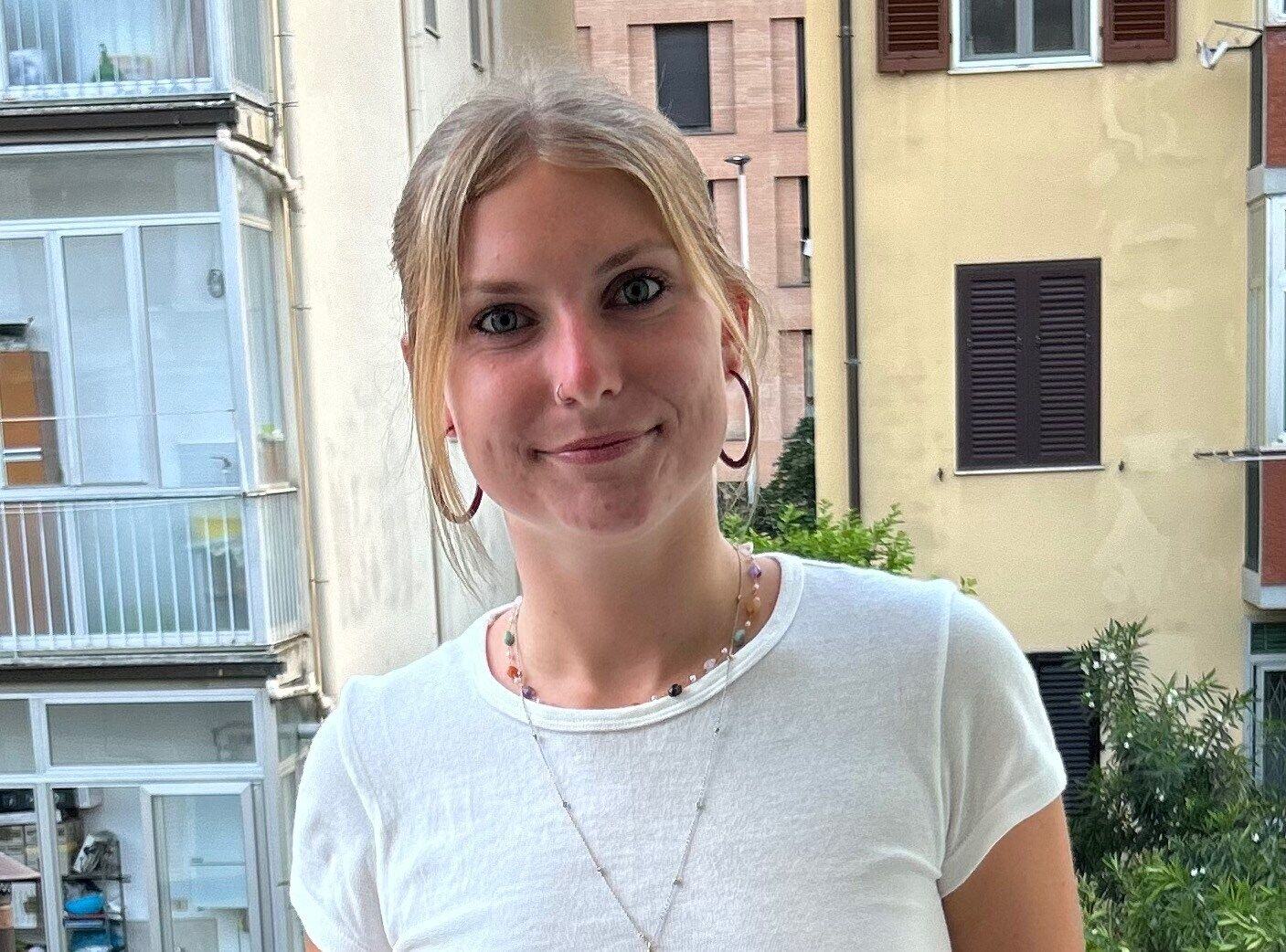The Hidden Face of Human Trafficking
Human trafficking is not always obvious or dramatic. It doesn't always appear how the movies represent it. It often goes unnoticed—someone laboring in a kitchen, cleaning hotel rooms, or strolling down a street with their eyes dark. Stories of exploitation, terror, and lost freedom lie behind those eyes.
The U.S. Department of Homeland Security has the Blue Campaign in place, which emphasizes that most victims do not actually fit the known stereotypes. It talks about how trafficking can often be hidden in plain sight.[1]
A Crime with Health Consequences
Addressing this issue calls for a more thorough and compassionate strategy rather than just catching the offenders. This problem lies at the intersection of health and crime. Yes, it is a crime, but the victims' bodies and brains are severely damaged. People who have been trafficked usually have invisible wounds, such as anxiety, sadness, untreated illnesses, and constant pain.
Many suffer in silence because they don't know who to trust, are scared of getting punished, or aren't even aware that they are victims. The Center for Disease Control and Prevention talks about how there are long-term effects on things like relationships and have negative effects on their psychological health.[2]

The Role of the Community and First Responders
It takes more than a hospital bed or a badge to fight human trafficking; both are necessary. When it comes to locating and destroying trafficking networks, law enforcement is essential, they can't do it alone, though. Everyday, people, including social workers, teachers, nurses, and bus drivers, can contribute to the answer.
We are better able to respond when we are taught to recognize the warning signs. A young person constantly escorted by a dominant adult, an odd bruise, or someone avoiding eye contact could all be silent pleas for help. A survivor may arrive at the hospital with an injury that is inconsistent with what they say happened.
On the other hand, they might not speak up for themselves. Health professionals then become lifelines, not only for medical care but also for independence. They are able to provide a safe environment, ask the appropriate questions, and direct victims to resources that can aid in the process of recovery.
Prevention and Long-Term Solutions
Beyond just helping victims, though, we must prevent it before it begins. Education is necessary, particularly in areas that are at risk. It means offering people with genuine options, chances, and support networks to prevent them from being pushed into risky circumstances out of despair. It includes improved labor laws, safer internet environments, and clear legal processes.
Given the complexity of the issue, the remedies must also be multi-layered. Without safety and the rule of law, health programs cannot be successful, and criminal justice cannot correct what public health ignores.

A Multidisciplinary Approach to Change
The best chance for significant change is therefore provided by a multidisciplinary approach, in which experts from all fields collaborate.The National Institute of Justice is working towards helping this cause by doing things like improving the investigations into traffickers and is also assisting in the measurement, detection, and prevention of human trafficking.[3]
This is fundamentally a human problem. And in order to truly change things, we must begin to view survivors of human trafficking as individuals who require care, compassion, and the hope of a brighter future, rather than merely as criminal victims or cases in a file.














